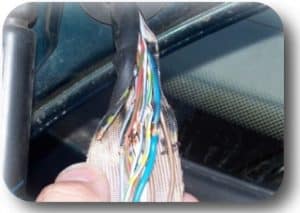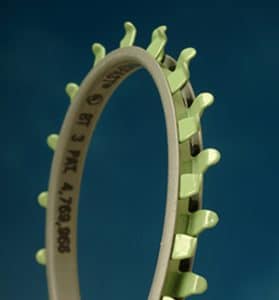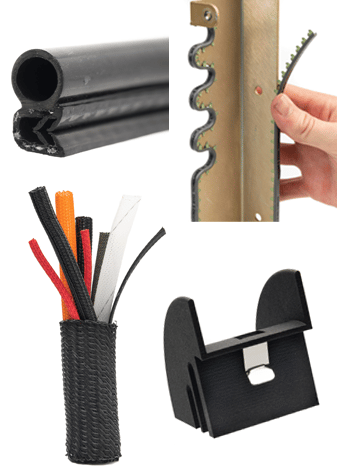The New York Times has reported that wiring issues are being found on the 737 Max.
Let’s face it …it was bound to happen.
When the 737 Max went under the re-certification microscope it was almost certain that other non-MCAS issues would surface. The FAA is being diligent which is likely the result of the barrage of criticism it received about the leeway it gave Boeing on “self certification” in the original approval process. As a result, the Max and all Boeing’s work and testing are all now being gone over with a fine tooth comb.

A senior Boeing engineer and three others told the NYT that in December, the FAA asked for an internal audit to see if Boeing had accurately assessed the risks in key systems based on new assumptions about pilot reaction time in emergencies.
From that audit, several issues have emerged including previously unreported concerns with the wiring that helps control the Max’s tail.
It appears that two bundles of critical wiring might be too close together and could cause a short circuit.
Shorts, arcing and sparking are a significant flight safety issue but particularly if they could affect key systems like the tail. A short in that area could lead to a catastrophic failure and crashes if pilots did not respond correctly,
Boeing is evaluating if this could occur during flight and if the wire bundles need to be separated on the ~800 Max jets already built. Boeing is saying that the solution – if it is needed – is pretty simple.
As experts in wire protection we agree as there are indeed simple solutions to that problem as long as you have the right systems and products in place.
Having the right products can make a big difference so we took note when, in late 2017/early 2018, Boeing released a video that said reductions in costs, flow time and non-value added activities were vital to their continued success in meeting customers' expectations (and presumably their sales and profits). Around the same time, they also announced that the 737 Max production line would be ramping up from 42 to 47 and subsequently to 52 aircraft per month.
DTi felt they could make a contribution to those challenges so submitted an unsolicited proposal to the Manufacturing Lead for the 737 MAX. Its goal was to help Boeing reduce cost and flow times even in its ramped-up production schedule. The proposal made two recommendations: firstly switch to DTi’s Spring-Fast® anti-chafe grommet edging replacing the old legacy glued in grommet and secondly use Protect-Fast wire encapsulation wrap.
Given the audit's findings which highlight the issue of chafe in particular and the importance of EWIS protection in general, the proposal is even more relevant now.
Here are the two action items we proposed and their rationale:
1) Replace the Legacy MS21266 / BACG20Z Grommet
Boeing can realize significant cost and flow time reductions by replacing the legacy glued in nylon grommet (MS21266 – Boeing BACG20Z caterpillar grommet) with Spring-Fast Grommet Edging M22529/2, a fully qualified FAA-approved replacement part with NAVAIR approval.
For example, on the F-35 JSF we estimate savings of $6.5 million in just component and direct labor charges. It would save an estimated ~35,000 hours for the F35. Given the likely volume of the 737 Max, the savings and flow time reductions would be even greater.

The savings are due to M22529/2 having a far lower direct labor install cost than MS21266/BACG20Z because it:
– Snaps into place without adhesive
– Has superior retentive strength without adhesive
– Immediate wire/harness routing – no fixturing or cure time delays although it should be noted we do not build in any curing delays into savings estimates.
Grommets may be small but have a big impact on the EWIS. They protect wiring from chafe, arcing, sparking and fires, but surprisingly, chafe even at relatively low levels creates widespread problems, creating equipment discrepancies and down time.
2) Use Protect-Fast Sleeving
Protect-Fast Sleeving would create a level of safety redundancy so that even if the harnesses rubbed together, the sleeving would prevent any chafing.
These best-in-class cable and wire protective devices have been used by aerospace OEMs and maintainers since 1984. DTi's offer and pledge to Boeing at this critical juncture of 737 MAX re-certification will remain in effect.
Find out more about Spring-Fast M22529/2 Grommet edging here
Original NYT article on Max Wiring

